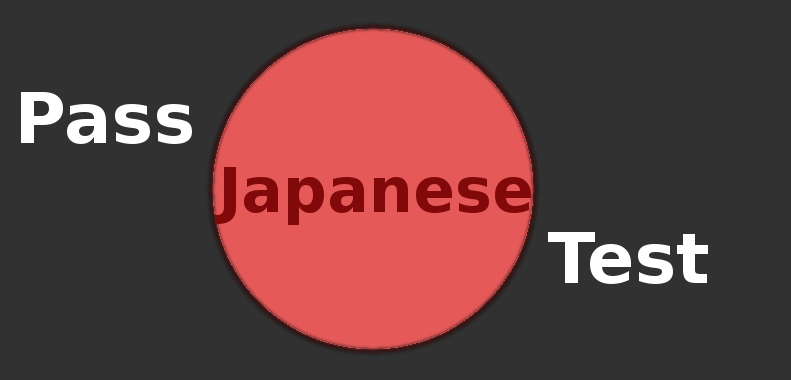This post will teach you how to conjugate verbs for the JLPT N4 using simple rules for each conjugation. No large tables to memorize!
This post has only the new conjugations that I recommend you learn for the N4. If you have not already done so, I strongly suggest you review JLPT N5 verb conjugations.
Japanese Alphabet Rows
Japanese learners should already be familiar with the following table, which is just for reference. It shows the Japanese alphabet organized in the usual manner. For a more detailed explanation of the table and how to use it, please see my post on JLPT N5 verb conjugations.
| あ-Row | あ | か | さ | た | な | は | ま | や | ら | わ | ん |
| い-Row | い | き | し | ち | に | ひ | み | り | |||
| う-Row | う | く | す | つ | ぬ | ふ | む | ゆ | る | ||
| え-Row | え | け | せ | て | ね | へ | め | れ | |||
| お-Row | お | こ | そ | と | の | ほ | も | よ | ろ | を |
JLPT N4 Verb Conjugation Rules
Here are the new verb conjugations I suggest you learn for the N4. The numbers are a continuation from the N5 verb conjugation post. I recommend you learn these conjugation in the order of the numbers because some of the later rules reference earlier ones.
10. V-られる (Passive Form)
In English the passive form has the meaning of something being done or having been done. Ex. The cookie was eaten.
-
Iru/Eru Verbs: Change る to られる
Ex. 食べる ⇒ 食べられる -
All Others: Change last character from う-Row to あ-Row and add れる
Ex. 買う ⇒ 買われる
Ex. 飲む ⇒ 飲まれる -
Notable Exceptions:
する ⇒ される
Note that with the passive form the person who does the action takes the relational に. Ex. クッキーが田中さんに食べられた (The cookie was eaten by Tanaka-san).
11. V-れる (Potential Form)
Potential form has the meaning of can do.
-
Iru/Eru Verbs: Change る to られる
Ex. 食べる ⇒ 食べられる -
All Others: Change last character from う-Row to え-Row and add る
Ex. 買う ⇒ 買える
Ex. 飲む ⇒ 飲める -
Notable Exceptions:
する ⇒ できる
来る ⇒ 来られる or 来れる
Although I have seen some people refer to this form as “られる”, For clarity I call the potential form V-れる to avoid confusion with the passive form. As you can see Iru/Eru verbs are conjugated in the same way in both the passive and potential forms. This means that when you encounter a verb with the られる ending, it is sometimes unclear if it is the potential or passive form. You have to figure it out from context, and sometimes it can go both ways.
12. V-させる (Causative Form)
Causative form means to make something happen or allow someone to do something.
-
Iru/Eru Verbs: Change る to させる
Ex. 食べる ⇒ 食べさせる -
All Others: Change last character from う-Row to あ-Row and add せる
Ex. 買う ⇒ 買わせる
Ex. 飲む ⇒ 飲ませる -
Notable Exceptions:
する ⇒ させる
来る ⇒ 来させる
13. V-させられる (Passive Causative Form)
I find the meaning of this one is the most difficult to understand, but the easiest to conjugate (assuming you learned the rules above). This form is often used to express a negative meaning when you were forced to do something you did not want to do. Ex. I was made to work although it was the weekend – 週末なのに、働かせられた。
-
Start with causative form and change る to られる (i.e. make the causative verb passive)
Ex. 食べさせる ⇒ 食べさせられる
Ex. 買わせる ⇒ 買わせられる
Ex. 飲ませる ⇒ 飲ませられる
Yes, that’s it, only a few new rules for the JLPT N4. Much of the grammar on the N4 involving verbs utilizes the V-Stem and V-て forms, which you should have already learned for the N5. Checkout the JLPT N4 Grammar List to be sure you are fully prepared.
